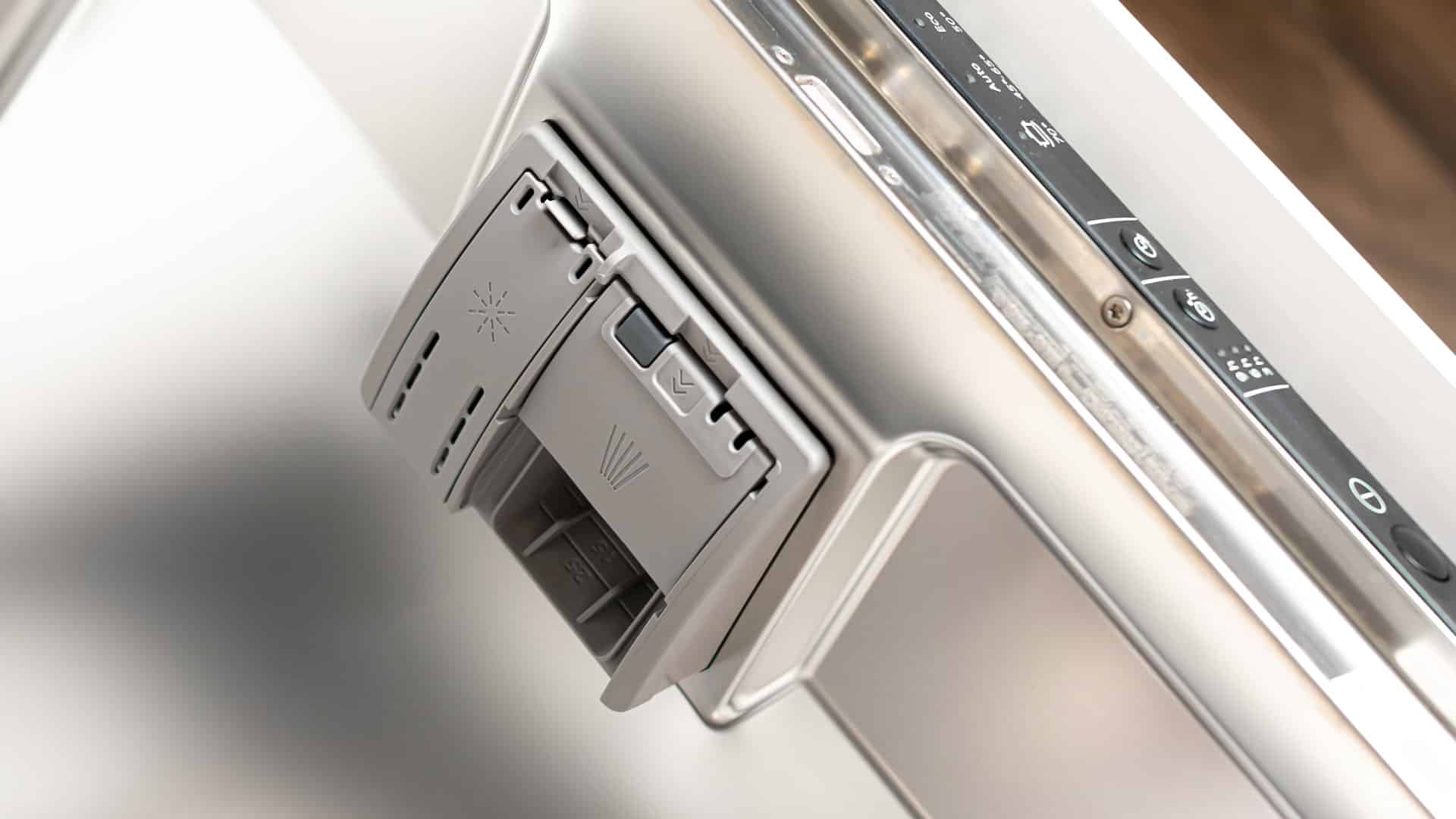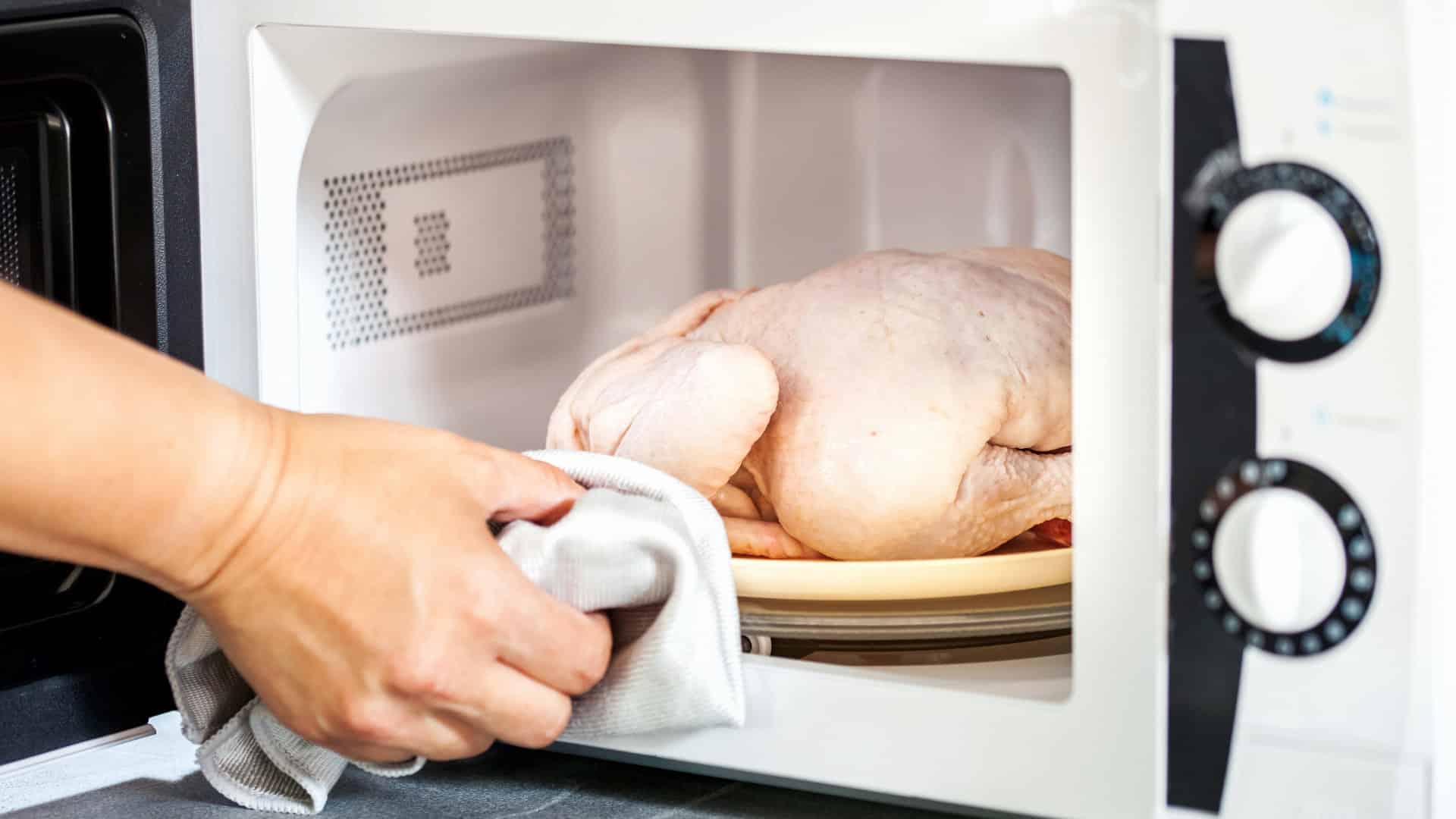
How many times have you forgotten to take food out of the freezer to defrost in time for dinner? It is always frustrating and annoying, but you don’t need to abandon your dinner plans as defrosting can be done in minutes thanks to microwave technology.
Cooking, defrosting, or reheating food in the microwave makes cooking more accessible and convenient. Get to know the functions of your microwave so you can use its capabilities fully and in a manner that ensures the best food results every time.
Defrosting meat in the microwave is faster and safer than leaving it out on the counter all day. Microwave defrosting ensures that the food retains its nutrients while also preventing bacteria from growing on food that has been left to defrost for an extended period of time.
How do microwaves defrost food?
Many microwaves have a Defrost button that allows you to quickly thaw frozen foods. It uses standard microwave heat but reduces the power to around 30%, thawing but not cooking food. Many models also allow you to enter the weight or type of food to calculate defrost time.
Food is heated using electromagnetic waves generated by a magnetron, as in all microwave settings. Lower power settings, such as defrost, achieve this by simply cycling the magnetron on and off rather than leaving it on all the time.
Is defrosting food in the microwave safe?
It is completely safe to defrost food in the microwave, but you must cook the food immediately after it has been defrosted. If food is left out sitting for a long time after it has been brought to room temperature, harmful bacteria may begin to grow.
How long should you defrost food in the microwave?
Defrosting times depend on the type of food you are defrosting and also the settings that your microwave has. Many microwaves have a Defrost by Weight option. This allows you to program in the weight of the food that you wish to defrost and the microwave will calculate the defrost time based on the weight. You can use digital scales to determine the weight of the food portion you want to defrost.
Defrosting meat
Step 1. Remove the meat from its packaging and put it in a microwave safe container
Food packaging should not be microwaved unless specifically stated. Defrosting is best done in a glass container.
Step 2. Choose your defrost settings
If your microwave does not have a defrost button, use the Power Level button to manually adjust the power setting to 20% or 30%. If your model has a Defrost button, it may ask you what kind of food you’re defrosting and how much it weighs to calculate the defrost time.
If your model does not request information about food type and weight, enter the time yourself: Meat should defrost for eight to ten minutes per pound on average. Find the weight of the meat on the packaging or on a kitchen scale.
Step 3. Periodically rotate, flip, or break apart the meat
If your microwave does not have an automatic turntable, rotate the meat every few minutes to ensure even defrosting. Even if it does have a turntable, flipping large chunks of meat or breaking apart separate pieces that are stuck together can also be beneficial. This will help the meat defrost more quickly and consistently.
Step 4. Immediately cook
Cook food as soon as it has been defrosted. If you leave food in the microwave for too long, bacteria can grow, so try not to leave it there while you prepare the rest of the meal.
Defrosting other foods
Produce and other foods such as bread and baked goods can also be defrosted in the microwave. You do not need to worry as much about food safety when defrosting non-meat items, but you do need to be careful about overcooking. Follow the steps below to defrost non-meat items successfully:
- Remove from the freezer and weigh the food you wish to defrost.
- Place it in a microwave-safe container.
- Choose the defrost settings based on the weight of your food.
- With produce such as frozen berries or leftover dishes such as pasta, frequent stopping and stirring is important, as it prevents hot and cold spots.
- When defrosting bread, make sure you lay out the bread slices in a single layer. This will mean they defrost quicker, and are less likely to overcook and become chewy.
- Once the food is fully defrosted, cook or eat as desired.
Tips for successful defrosting
- If you are microwaving prepackaged food, always check the packet instructions.
- When you think your food has defrosted, check for cold or hot spots carefully using clean, dry hands.
- It is always better to defrost for too short a time and have to put your food on for longer, than it is to defrost for too long and accidentally cook your food. Microwave in short bursts and if applicable, make sure you are flipping or stirring your food frequently.
- Never refreeze an item you have defrosted. This can lead to bacteria growth and can render the food unsafe.
- Once you have defrosted something, particularly a meat item, wipe down the interior of the microwave to get rid of any splashes. This will keep your microwave clean and sanitary.
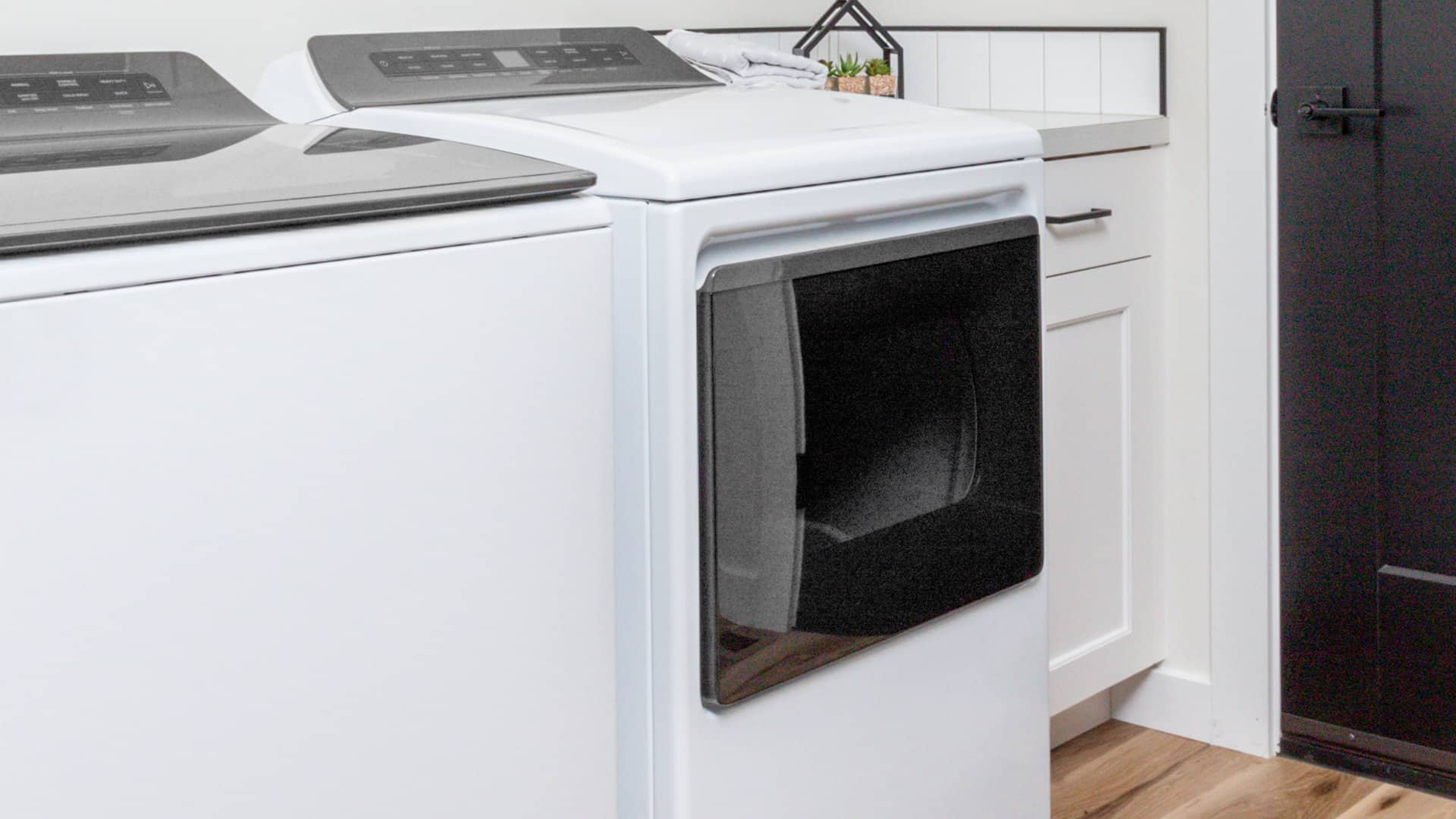
How To Fix a Whirlpool Washer F20 Error Code
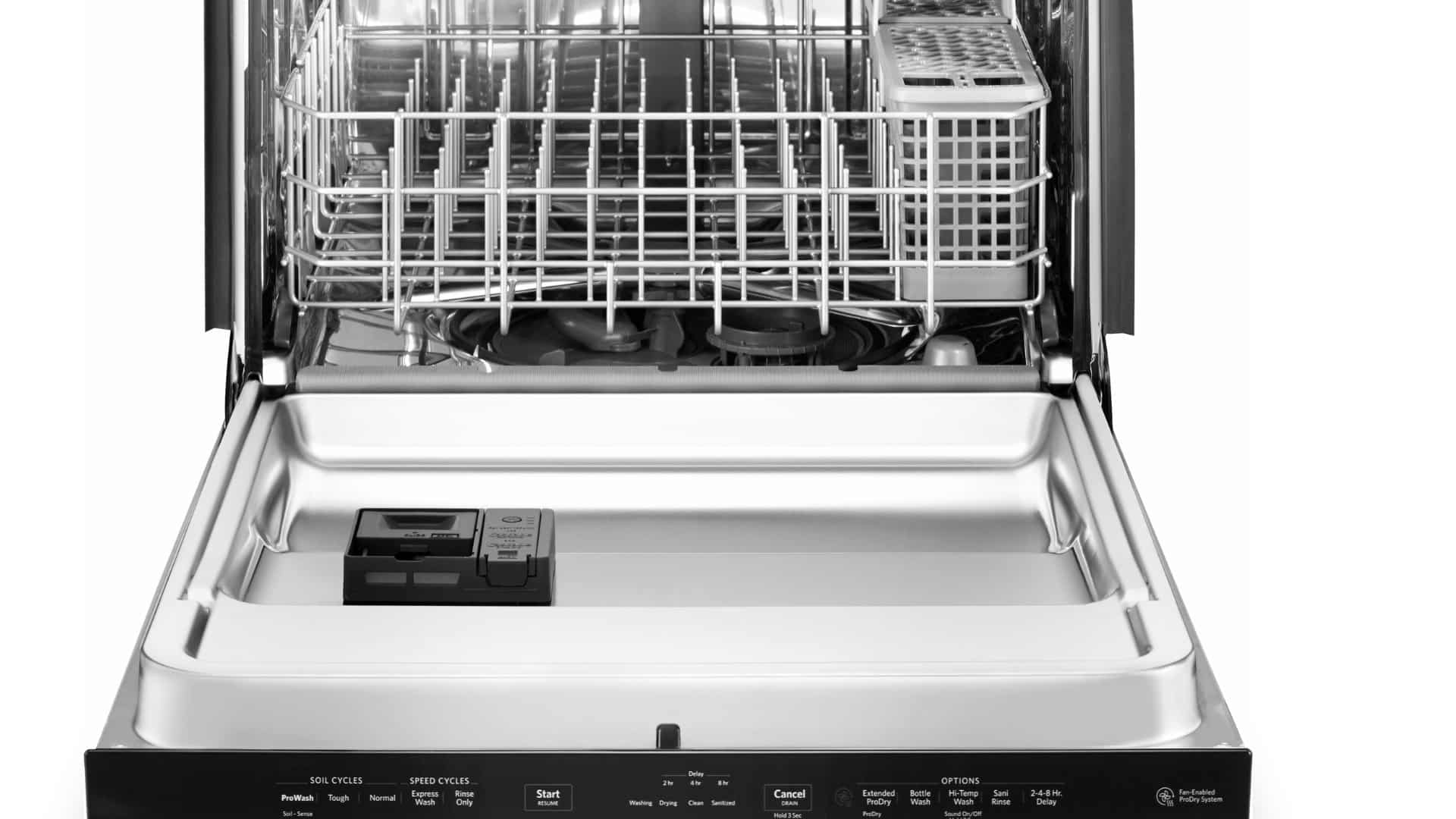
How to Fix a Dishwasher Not Getting Water: The Ultimate Guide
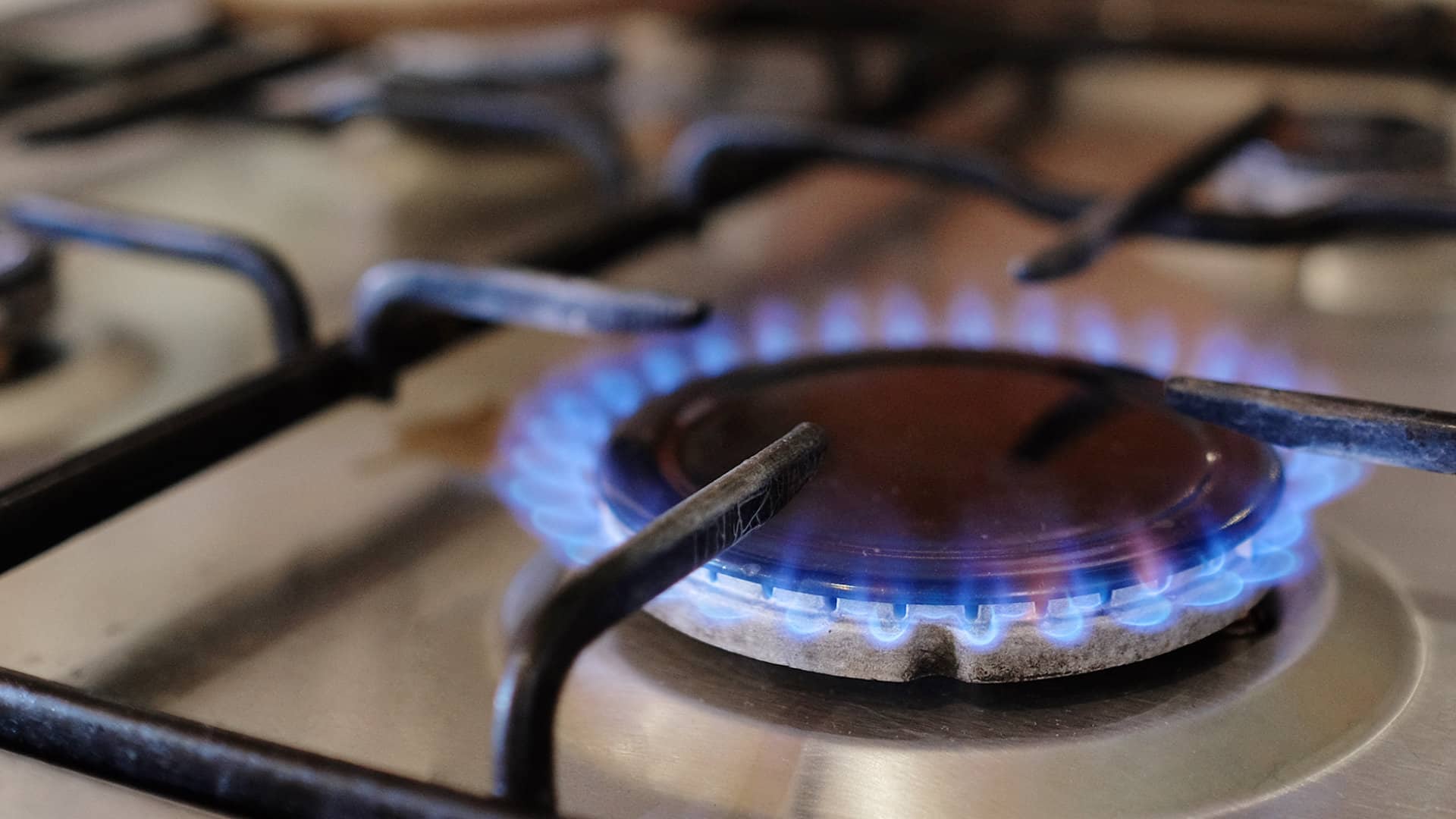
How to Solve the Frigidaire Stove F10 Error Code
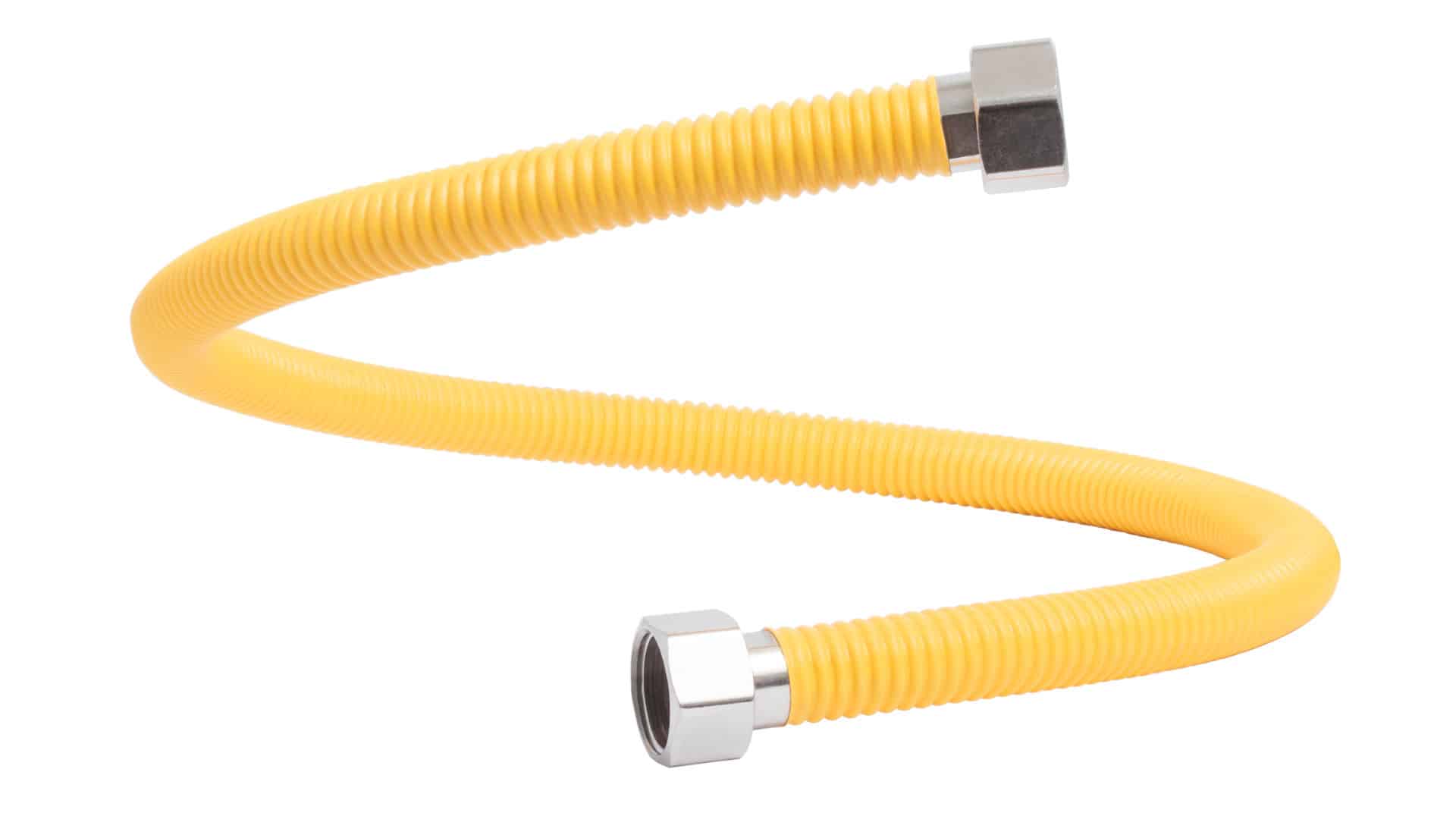
How to Hook up a Gas Dryer
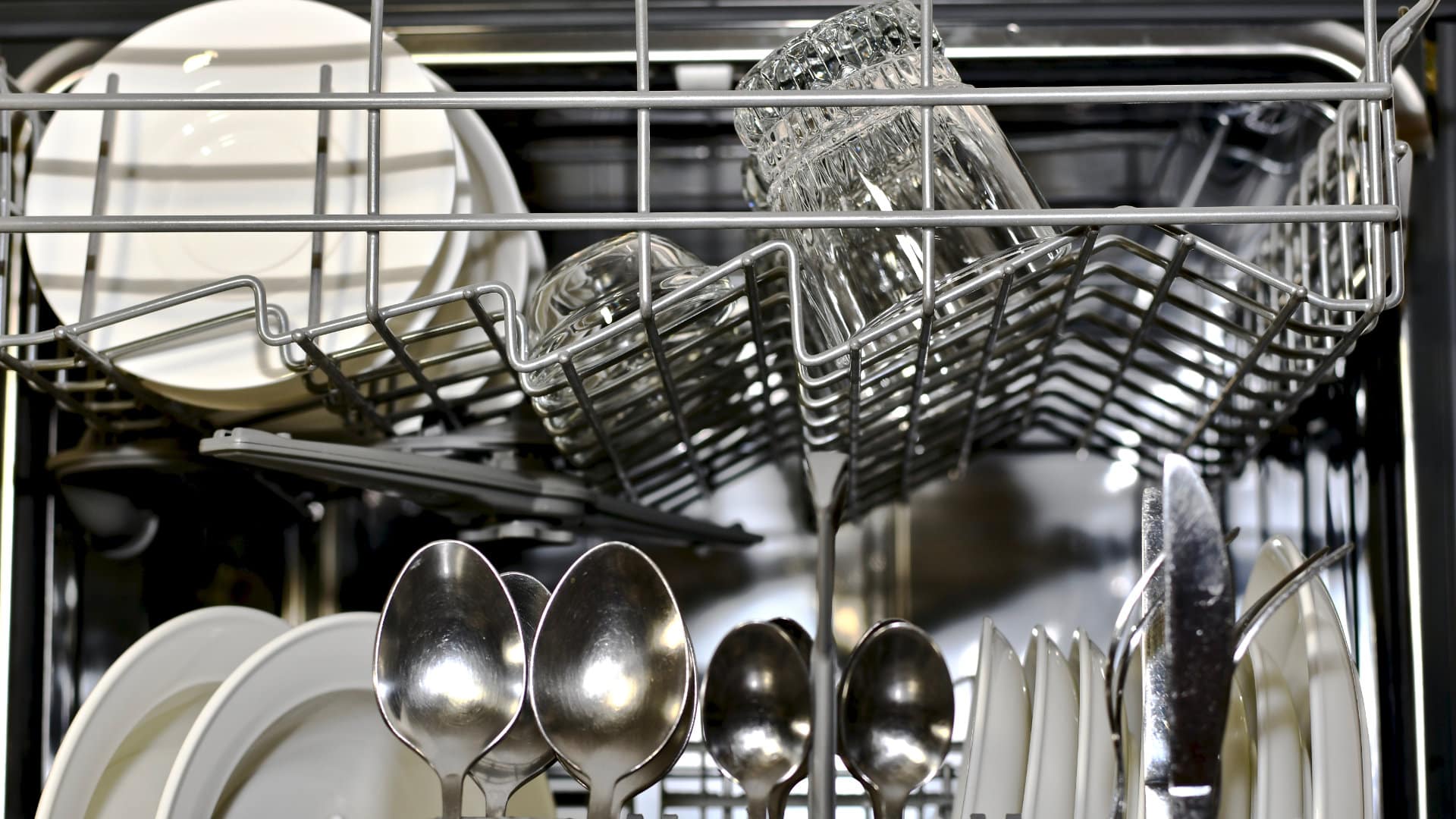
Dishwasher Not Cleaning Top Rack? How to Fix It
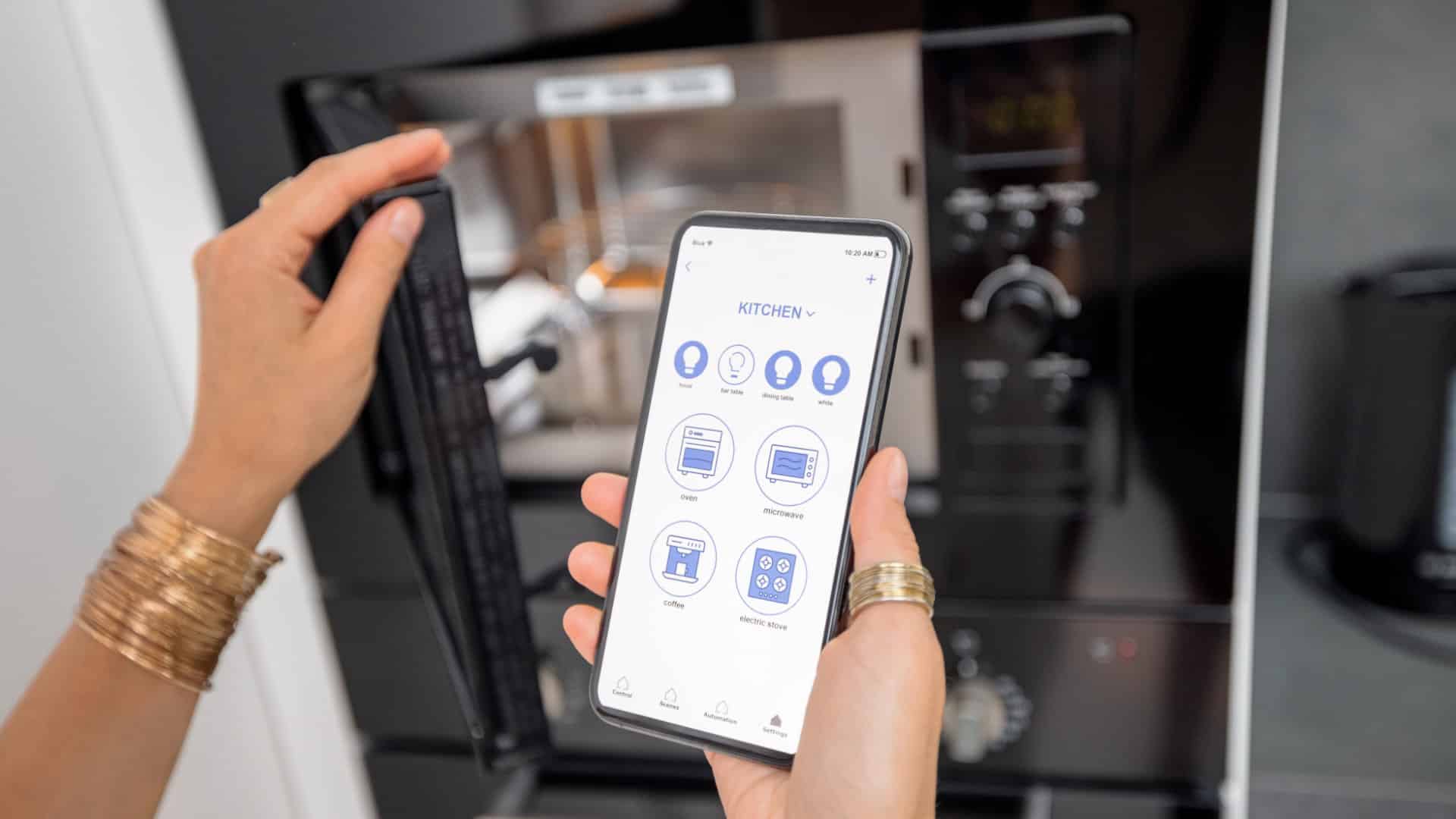
Why Your Microwave Is Making Weird Noises
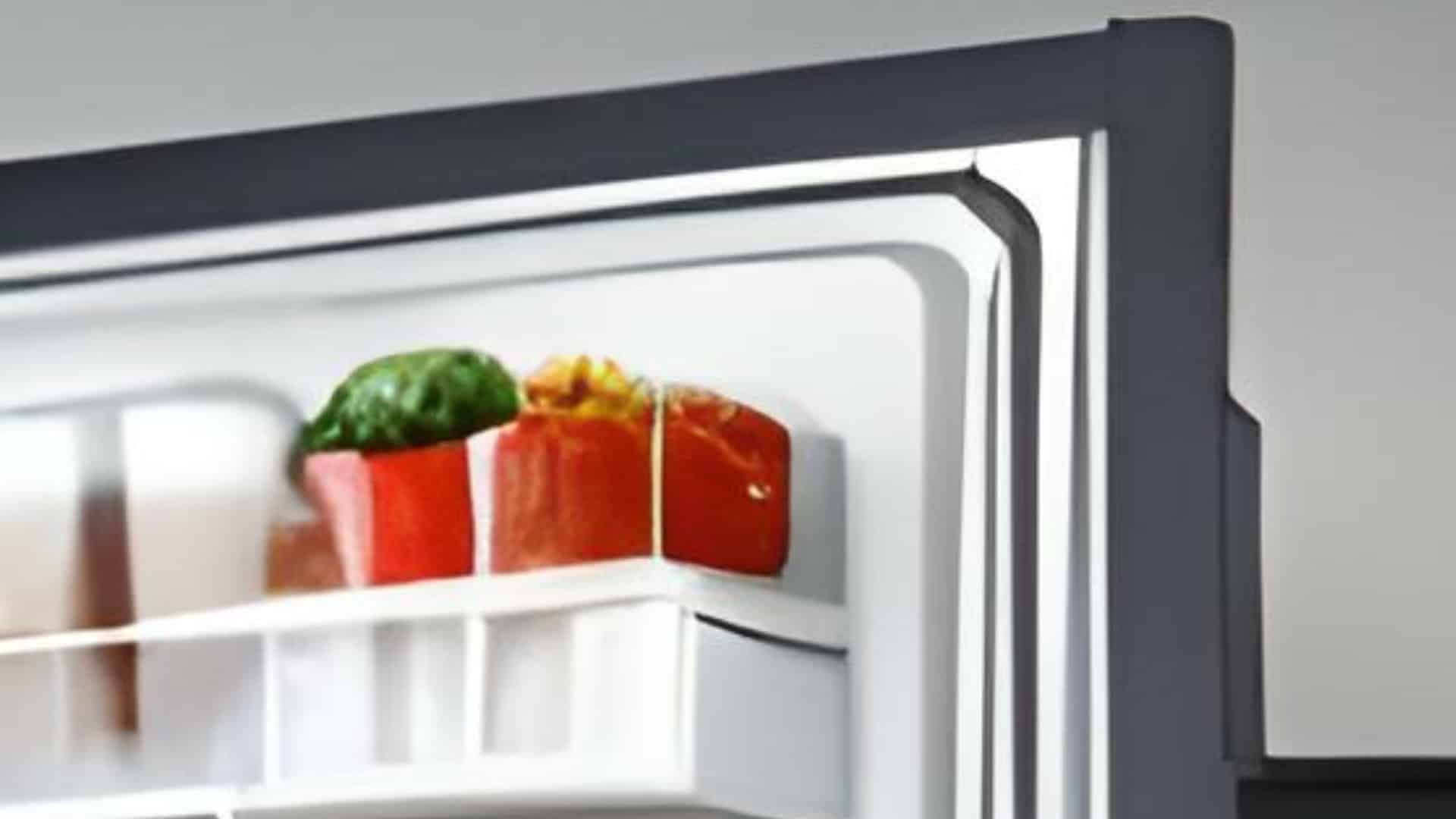
How to Replace a Refrigerator Door Seal
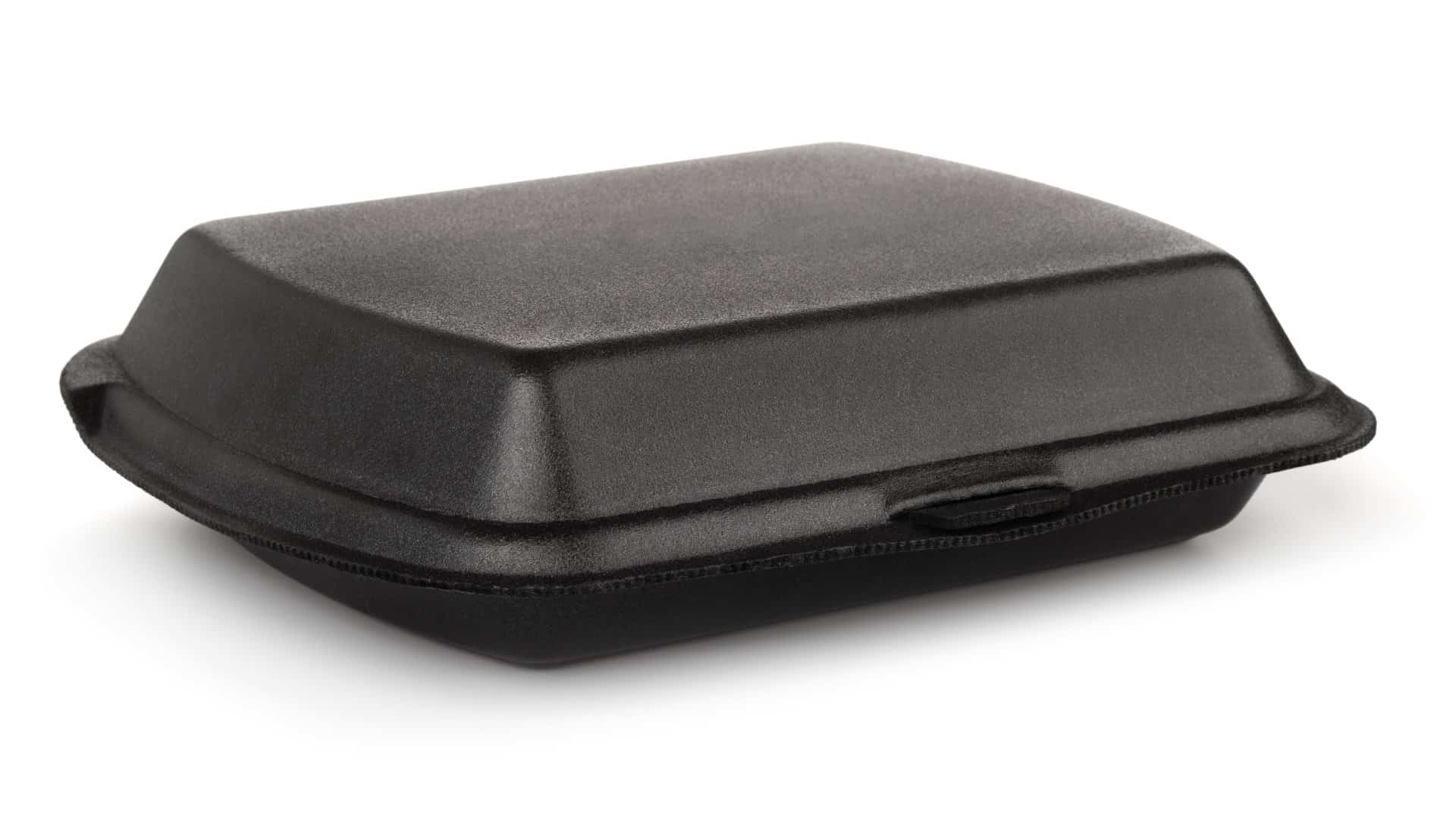
Can You Put Styrofoam in the Microwave?
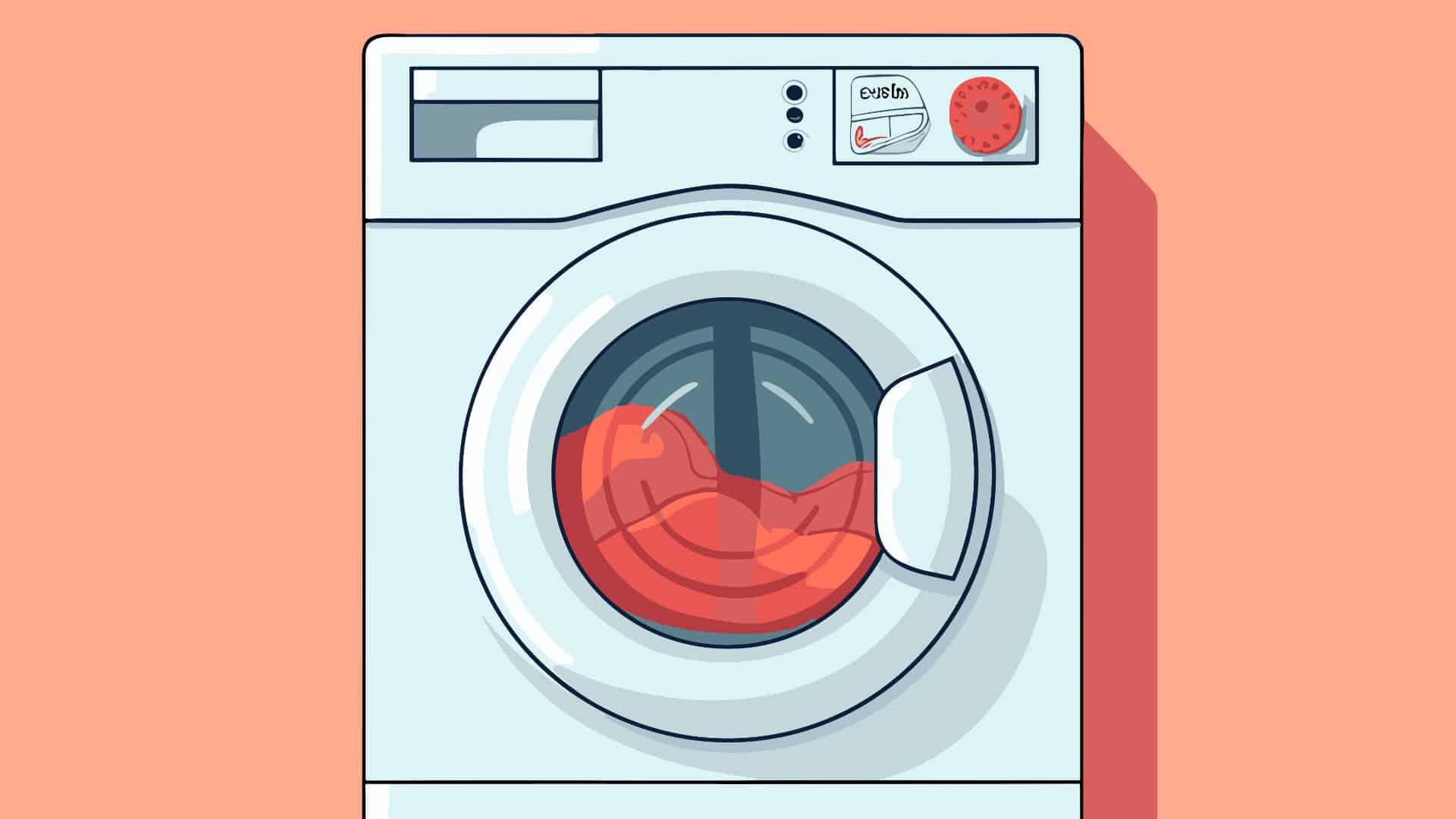
How to Resolve Whirlpool Washer E1/F9 Error Codes
